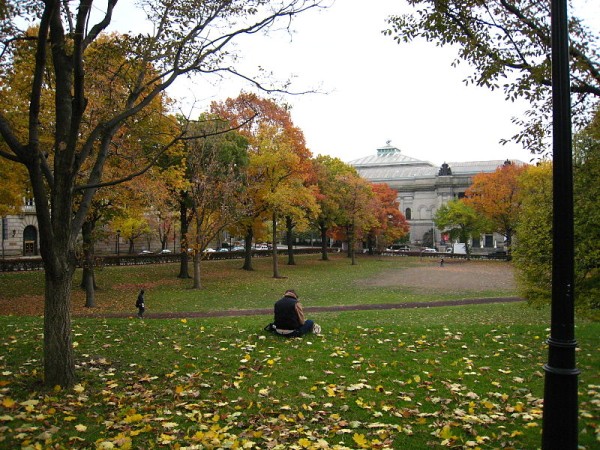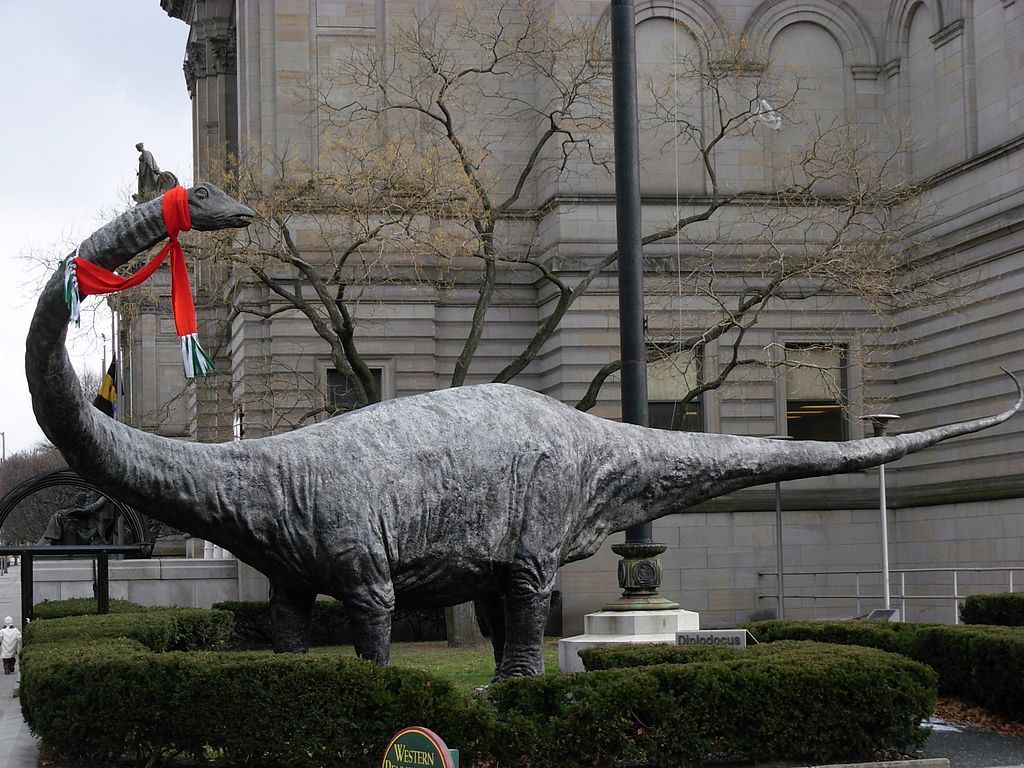
20 November 2016
If you’ve been reading my blog for a couple of years you know that I usually embark on a weekly series in the winter to pull us through the chilly days from November to February. This year is no exception.
Winter is a slow time outdoors so we’ll go indoors on Tuesdays to a place that houses almost 200,000 birds, the Carnegie Museum of Natural History (CMNH).
Andrew Carnegie founded the museum in 1895. It quickly became famous when their expedition to Utah unearthed a nearly complete skeleton of Diplodocus carnegii in 1899. Today the museum has an excellent collection of birds, herps*, invertebrates, mammals, minerals and mollusks as well as the famous vertebrate paleontology department.
The Carnegie’s bird collection contains more than 198,000 specimens. There are 154,000 study skins behind the scenes and a thousand taxidermy mounts on display in cases, in dioramas, and in educational kits. One third of the specimens are over 100 years old.
You might not think of “watching” birds in a museum but there’s plenty to explore. In the weeks ahead I’ll touch on:
- The Golden Age of Collecting.
- What good is a museum collection?
- What are study skins?
- Pennsylvania birds we’ll never see anywhere else.
- Curiosities.
- Looking for birds in the dioramas.
- Birds behind the scenes.
I’ll also hold three indoor outings this winter:
- Sunday, 8 January 2017: Scavenger hunt at the Carnegie Museum of Natural History. Find birds in the exhibits. (You can also visit on your own and report what you find on 8 Jan.)
- Sunday, 22 January 2017: National Aviary: Close bird encounters with Outside My Window and Falconuts fans. (space will be limited)
- To be announced, mid-to-late February: Behind the scenes at the Carnegie: A guided tour of birds the public rarely sees. (space will be limited)
So while Dippy wears his winter scarf, we’ll learn about his cohorts on Tuesdays.

Meanwhile you can visit the museum six days a week (it’s closed on Tuesdays). Click here to plan your visit.
(photos from Wikimedia Commons. Click on the images to see the originals)
Herps* is shorthand for reptiles and amphibians.
Definitely excited about the guided tour behind the scenes and hoping I can be in it!!! Might do the scavenger hunt this week. Thx for helping us get through the winter.
Sounds like fun, I penciled these activities on to the calendar.
Thank you Kate for suggesting a great way to learn right in our “backyard”.
The Museum has been off my radar for a long time. Don’t even need binoculars